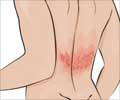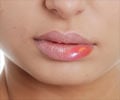- How common is angioedema? - (https://www.allergy.org.au/patients/skin-allergy/angioedema)
- Hives and Angioedema - Overview - (http://www.mayoclinic.org/diseases-conditions/hives-and-angioedema/home/ovc-20257136)
- What is HAE? - (http://www.haea.org/)
- Angioedema - (http://www.nhs.uk/conditions/angioedema/pages/introduction.aspx)
What is Angioedema?
Angioedema is swelling that affects the lower layers of skin and tissue situated just under the skin or mucous membranes. It is caused because of the leakage of blood into the deeper layers of the skin by the small blood vessels. It most commonly affects the eyes and the mouth. It might affect the submucosal tissues lining the airways, mouth and gut. As a result the patient’s swallowing and breathing get impacted. If the lining of the gut is affected, it results in pains and cramps in the abdomen. It might also impact genitals, hands and feet. Other parts of the body are rarely affected. There is no cure for this condition. Each episode of angioedema clears within couple of days. It disappears after one episode and might reappear following an infection or stress. It’s a recurrent problem.
What are the Differences between Urticaria and Angioedema?
- Angiodema results in circumscribed, self–limiting edema and can occur with or without urticaria. It involves deeper layers of the skin, subcutaneous and submucosal tissues. Swelling is usually erythematous or redness of skin below the surface of the skin.. Swelling results when chemicals namely histamine and bradykinin are released in the body affecting the lining of small capillary vessels which results in leakage in the affected tissues. It causes non–pitting edema. There is no itching of the affected skin but pain and tenderness is common. 85% cases are affected with angio-edema with urticaria and only 10% of the cases are affected with angiodema without urticaria.
- Urticaria also results in swelling and follows the same pathological process as angiodema. It results in well defined pruritic edema affecting the superficial layers of the skin, namely, dermis and epidermis. The weals are accompanied by raised erythematous borders with central blanching. It is a pitting edema.
In both urticaria and angiodema, the endothelial cell barrier weakens owing to the disease process. This weakening of the endothelial barrier is mediated by chemicals released from the mast cells, namely, histamine or bradykinin.
What are the Causes of Angioedema?
- Urticaria - Urticaria or hives, as it is most commonly called, is very common and affects one in ten people atleast once in their life time. Most of the people developing urticaria will have angioedema as well.
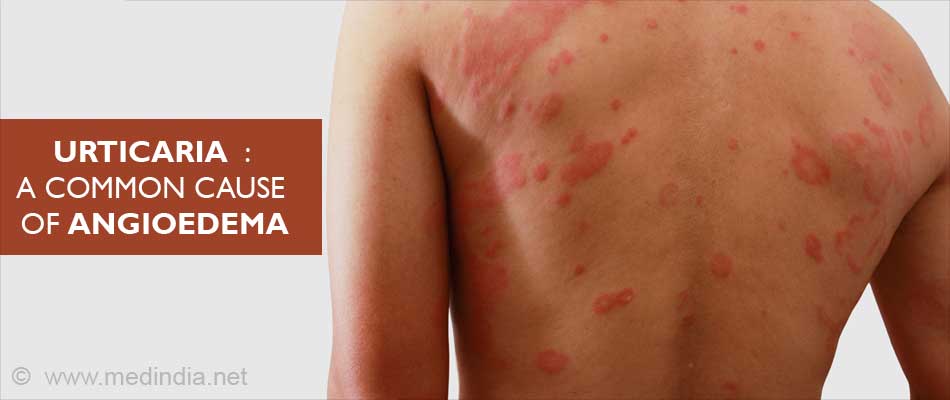
- Infection - A common cause of angiodema is infection, mostly affecting young infants.
- Medicines - Antibiotics (penicillin and sulfa drugs), nonsteroidal anti-inflammatory drugs (NSAIDs) and blood pressure medications (angiotensin converting enzyme (ACE) inhibitors) can cause angiodema as a side effect. It happens in case of prolonged usage of very high dosage. These medicines cause swellings around the face, tongue and throat. Angiodema in these cases is not accompanied by urticaria.
- Hereditary - It usually runs in families but is very rare in occurrence with a prevalence of about 1 in 80,000. It happens owing to low levels of an enzyme C-1 esterase inhibitor. It gets triggered by stress, infection, alcohol or hormonal changes.
- Deficiency of acquired C-1 esterase inhibitor (C1 INH) – This enzyme prevents leakage in the blood vessels. Lower levels of acquired C-1 esterase inhibitor are found in people suffering from lymphoma, thyroiditis and autoimmune disorders like Systemic Lupus Erythematosus. It also affects mouth, throat and stomach and cause internal swelling resulting in severe stomach ache, difficulty breathing or chest pain.
- Common allergens like pollen, animal dander, latex and insect stings.
- Foods and environmental agents - Sometimes, allergy to foods (shellfish, fish, peanuts, tree nuts, eggs and milk) and environmental agents (heat, cold and emotional stress) can trigger the immune system,
- Idiopathic – The cause of angioedema can be unknown.
What are the Symptoms and Signs of Angioedema?
- Marked swelling around eyes and mouth.
- Swelling in the pharynx, tongue, hands, feet and genitals.
- Breathing becomes difficult if pharynx is affected.
- Outside skin may appear normal or have weals with burning or itching sensation.
- Abdominal pain if the gut is affected.
- If affecting the eye, it causes swelling of conjunctiva which results in problems with vision.
- Swelling of bladder or urethra and difficulty in passing urine, if the genitals are impacted,
- Episodes are worse during 24 to 96 hours and gradually subside in couple of days.
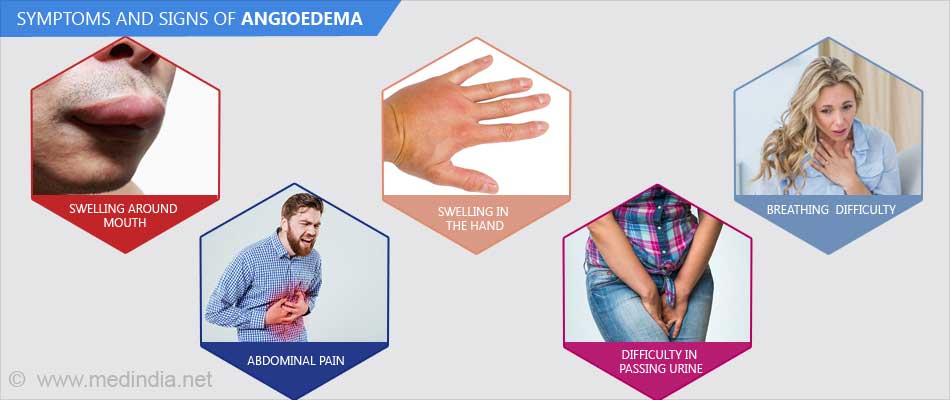
What is the Diagnosis for Angioedema?
Diagnosis is usually clinical by examining the affected area of skin. However, further pathological and allergic tests are done to determine the type of angiodema. The doctor takes down a detailed history of the patient about the current episode, whether the swelling is itchy or painful, duration of attack, history of the episode occurring within minutes of having a particular food, or medicine or after any other trigger exposure. Also, the doctor would inquire about the past episodes to know about the frequency of occurrence. The doctor will also inquire about the family history and medication history.
The doctor will assess the airway to check if there are any obstructive symptoms. General examination would include temperature, pulse and blood pressure. Other investigations include:
- Complete blood count to check infections and drug-induced reactions
- Erthyrocyte sedimentation rate to rule out infection, inflammation of blood vessels and other immune disorders
- Urinalysis
- Skin prick tests
- Radioallergosorbent test: a blood test to confirm sensitivity to certain allergens
- Plasma levels of the enzyme C1-INH, serum C4 level and functional C1 assays
- Thyroid function
- Auto-antibody test
- Stool tests for ova, cysts and parasites
- Investigate for underlying malignancy
- Skin biopsy
What is the Treatment for Angioedema?
Although there is no known cure of angioedema, leakage can be prevented by medication and lifestyle modification. Depending on the type of angioedema, antihistamines and steroids are prescribed to relieve swelling.
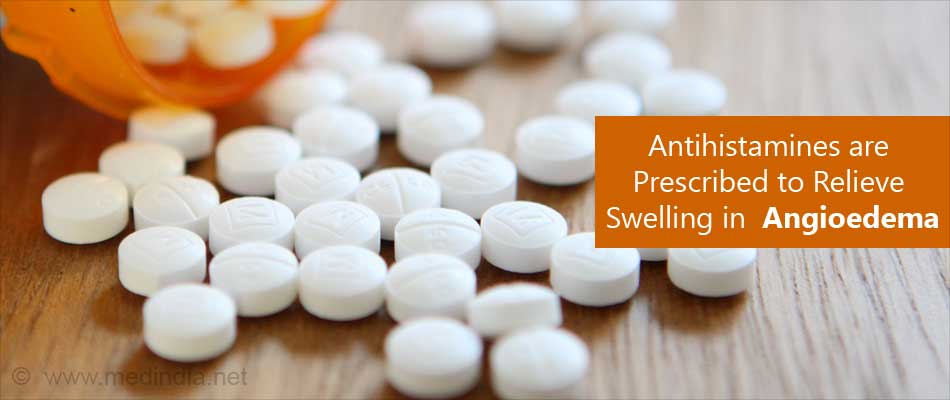
Standard treatment measures-
- Avoiding allergen exposure
- Stop usage of ACE inhibitors if already in use and to avoid starting in future
- Non-sedating H1 antihistamine is prescribed. First-line antihistamine is prescribed and dosage is monitored as per symptoms. In case of pregnancy or lactating, antihistamines should be avoided. If prescribed, cetirizine or loratadine should be used.
- Tranexamic acid is prescribed if antihistamines are ineffective.
- People diagnosed with C1-INH deficiency show poor response to antihistamines, steroids and adrenaline and therefore are treated under specialist care in closed supervision. C1-INH concentrates derived from fresh frozen plasma are prescribed.
- Other medications usually prescribed for symptomatic relief are:
- Leukotriene receptor antagonists
- Omalizumab
- Immunomodulators
Lifestyle modification - A dietician would recommend a special diet without artificial chemicals, preservatives and salicylates.


